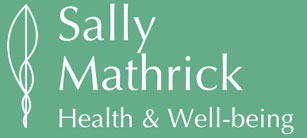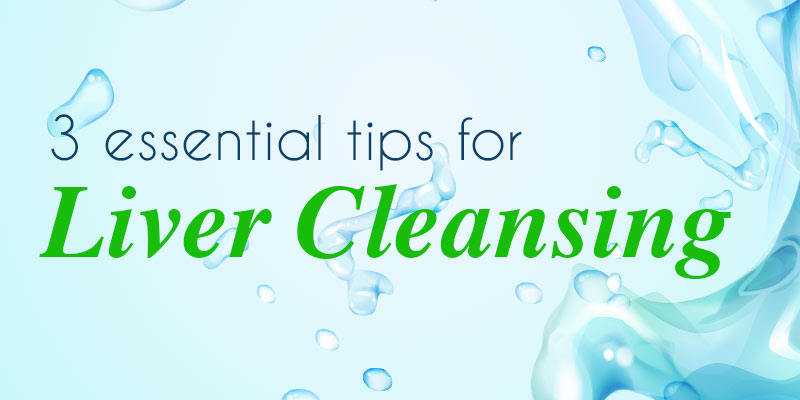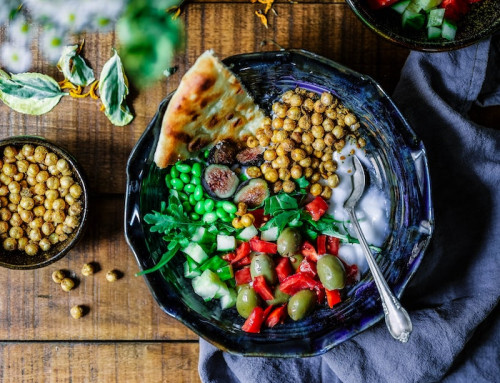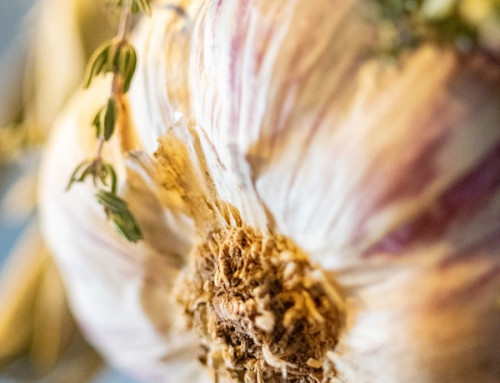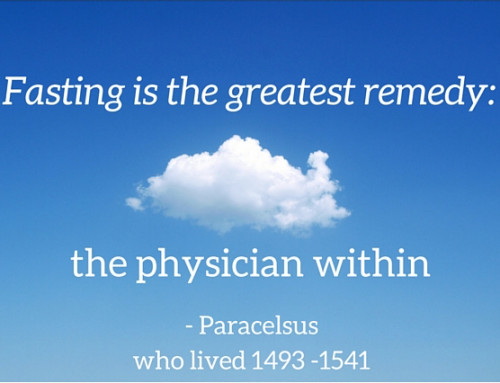The long days of summer mean enjoying more social activities, and often an increased consumption of the foods and beverages that stray into the “bad” category.
You can support your liver to manage these good times AND boost your energy, make your eyes sparkle and skin glow while you’re at it.
Although there maybe no sign of liver dysfunction and nor a bad result on your liver function test, there is a good chance that your liver is functioning at a sub optimal level. After all, today everyone is exposed to toxins in some form or another, from the air, water, soil and food that we consume, not to mention the normal toxins generated from normal body functions.
Certainly if you experience symptoms such as headaches, poor skin, mood swings (particularly anger), depression or PMS it may help you to support your liver with good hydration, foods, herbs and maybe some nutritional supplementation. Seek out a good naturopath in your area to help you.
Your lovely liver is a grand organ…
Your liver performs over 500 different functions in the body and is the major organ of detoxification. Even a minor impairment of liver function can have profound effect, due to its importance in numerous important metabolic processes (such as detoxifying alcohol).
To detoxify a toxin the liver takes it through a two-step process, referred to as Phase 1 and Phase 2 detoxification. After that the body undergoes the elimination, which is sometimes referred to as Phase 3, or drainage. But let’s focus on Phase 1 and 2, and how you can help your liver deal with all of that celebratory food.
Firstly a group of enzymes, referred to as the p450 enzyme group, break the toxin into parts. Toxins broken down in this phase (“Phase 1 Detoxification”) include alcohol, caffeine, insecticides, preservatives, over the counter and prescription drugs, hormones and aracidonic acid (the fat from animal products).
The resulting compounds of these broken down toxins can be more damaging than the original toxins, so it’s important that the second phase (“Phase 2 Detoxification”) is keeping up. The liver’s second detoxification phase adds to the byproduct of phase one, to render it harmless and able to be eliminated from the body.
It’s very important that both phases of the detoxification process are balanced. Some toxins, like those in alcohol and cigarettes, can increase the activity of the Phase 1 enzymes. This results in too many broken down toxins for the Phase 2 detoxification systems to deal with efficiently. This can result in damage to the liver, and also feeling pretty yucky because of the build up in the whole system. If Phase 1 enzymes are under functioning there can be potential damage from the original toxin. If Phase 2 is not optimal, then there can be damage from the broken down toxin.
Disordered detoxification may increase the deposit of metabolic toxins into the body cells, increase free radical production (thus more damage) and reduce energy production.
There are many excellent approaches to take to support the liver. Many foods contain proteins, vitamins, fatty acids and compound that are required by the detoxification pathways.
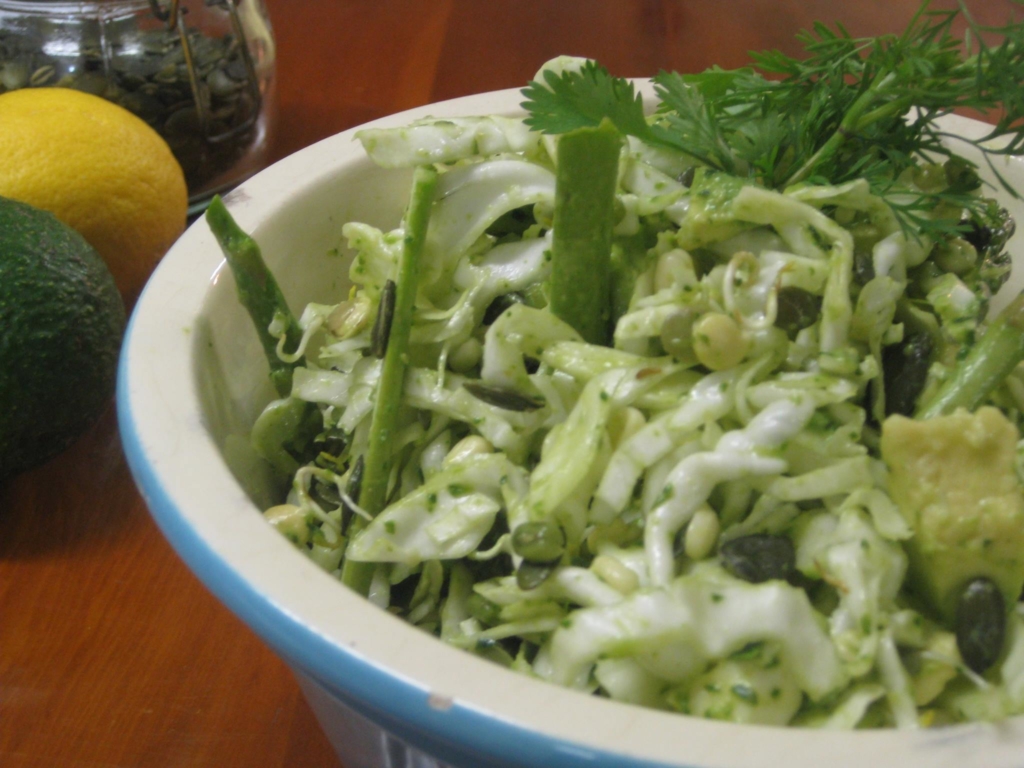
Sparkle Cleansing Coleslaw
Foods to support your liver:
Good food is good medicine for the whole body. During celebratory times it is easy to increase sweet and fatty foods, and refined, nutrient-mined foods that challenge the functioning of the liver. See if you can add some of these foods into your days.
- wholegrains
- legumes
- eggs
- garlic
- onions
- a variety of raw seeds and nuts
- sardines
- yoghurt
- fish
- avocados
- cruciferous vegetables (broccoli, cabbage, kale etc)
- kelp and other seaweeds
- dark leafy greens
- wheat germ
Top 3 Herbs for your Liver
Herbal medicine can affect the detoxification pathways of the liver positively.
1. St Mary’s thistle is also known as milk thistle, because the white pigmentation in it’s leaves look as though someone spilt milk over them. Other folk lore suggests that a drop of Jesus’ mum, Mother Mary’s milk touched this plant and imbued it with healing powers. m. St Mary’s thistle has been used for well over 2000 years throughout the Mediterranean, for ailments of the liver and gall bladder and also for some lung disorders and cancers.
The whole plant can be eaten (very carefully), but it’s the seed that is the part used to benefit the liver. The active constituents have been identified as a group of compounds called silymarin. There are also oils, flavonoids and plant sterols that contribute to its activity. Herbalists and Naturopaths recognise that these constituents in a plant work synergistically, influencing each other to create an effect, rather than relying on a single constituent alone. Due to the variation in the quality of herbs however, it is advisable to use St Mary’s thistle that has been standardised and that provides a minimum amount of one important constituent (in this case silymarin). Speak to your local herbalist or naturopath to get the best quality herb available.
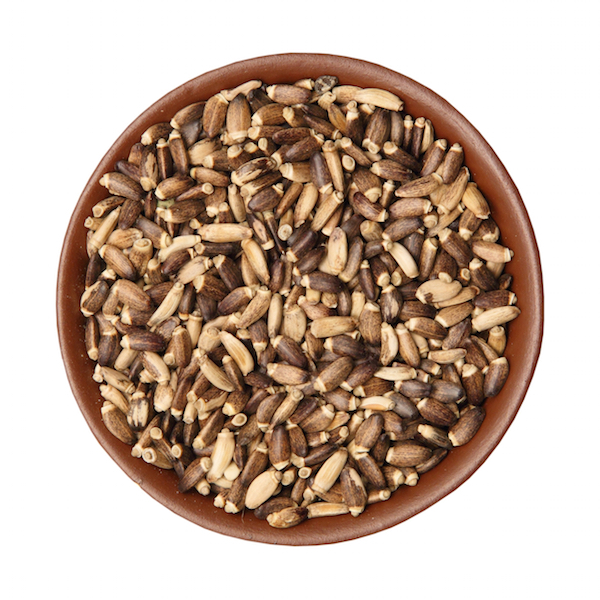
St Mary’s thistle is wonderful for liver detoxification because it balances both phases of detoxification. It helps the liver to deal with fats better, reducing the inflammatory action of “bad” fats. It also acts as an antioxidant to protect the liver from toxic harm, and is suggested to be more powerful in it’s antioxidant action than many nutrients. It provides glutathione, which is the major detoxifying protein in the body. St Mary’s thistle seed also helps to restore the liver, which of course is one of the organs that can regenerate itself easily.
2. Turmeric root has been used in cooking for centuries throughout Asia, China and India, as both a flavouring and colouring agent. It’s rich yellow hue, which gives colours curry, is due to the pigment curcumin. Curcumin is the active consituent in Turmeric that has received the most research. Other important constituents in turmeric include essential oils, vitamins and minerals.
It has many healing effects throughout the body, including acting as an anti-inflammatory and anti cancer agent, an immune booster and a stimulator of wound healing. As a liver supporter, it enhances the second phase of detoxification because it supports internally produced antioxidants, including glutathione. This antioxidant action has been shown to be ten times more potent than the action of vitamin C.
3. Dandelion grows throughout the world. It’s often considered a weed, as it pops up, unannounced, all over the world. It’s bright yellow flower has surely been reflected under many chins the world wide, and it’s seedy puff ball the recipient of many a child’s wishes.
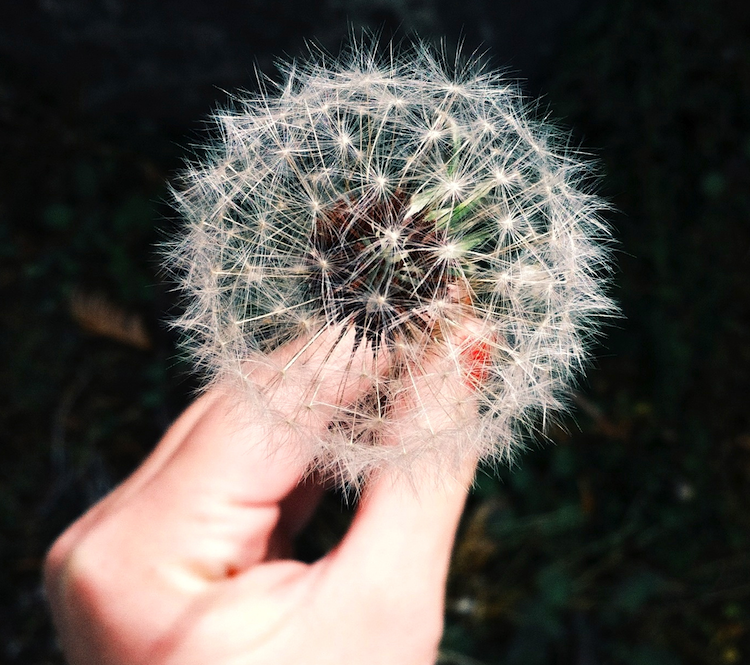
The leaves can be used as bitter green in salads, but it’s the root that acts upon the liver. Traditionally it’s understood to clear or decongest the liver, which translates into modern language as increasing bile flow and enhancing digestion. There is little clinical trail evidence to support the medicinal actions of this weed, so much of its use relies on traditional and studies undertaken in test-tubes and on animals.
The quality of the dandelion root varies enormously and is entirely dependent on the constituents of the soil it is grown in. When the root is roasted it is suggested that it’s beneficial effects are diminished. But at least it isn’t too bitter and harsh. If drunk instead of coffee, the mere act of being a non-stimulating substitute is beneficial.
Respect your liver. It’s protecting you all the time.
Want more insights into how to live in optimal health? Check out Sparkle Courses, for a guide to your step by step pathway to shining like the star you are.
Copyright Sally Mathrick – please cite www.soundmedicine.com.au if using this information
Written Oct 2009 and originally published in Wellbeing Australia issue #125
